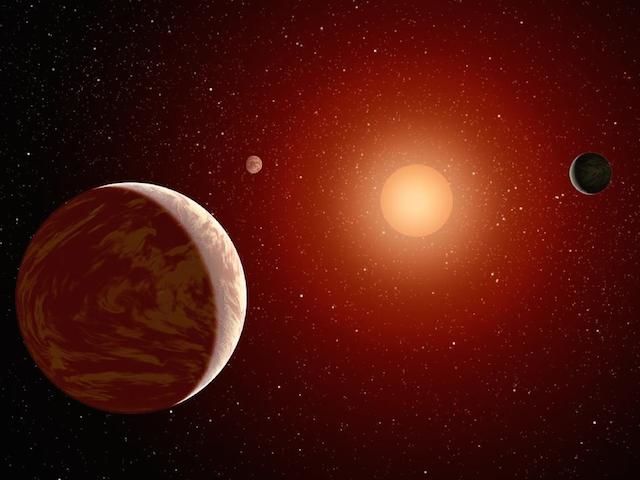The discovery of Kepler 452-b has made space history and is the most Earth-like planet discovered to date. The question is how many similar types of these exoplanets exist. In this article they discuss the criterea in finding them:
If you’re on the hunt for Earth-like planets that can sustain life, then your best bet might not be stars that look like our sun, but smaller, cooler stars—orange and red dwarfs. These, on average, have been found to host more Earth-sized planets, and they are far and away the most abundant. They make up more than 75 percent of the stars in our universe, and nearly every red dwarf star has at least one exoplanet.
But there’s a potentially fatal flaw here: When exoplanets orbiting these stars are the right distance to hold liquid water, they tend suffer from what astronomers call rotational lockup. Much like how one side of our Moon always faces the Earth, one side of the planet always faces its star.
Let’s find out the good news on the next page

Pues vamos. Mujers. Nuevas